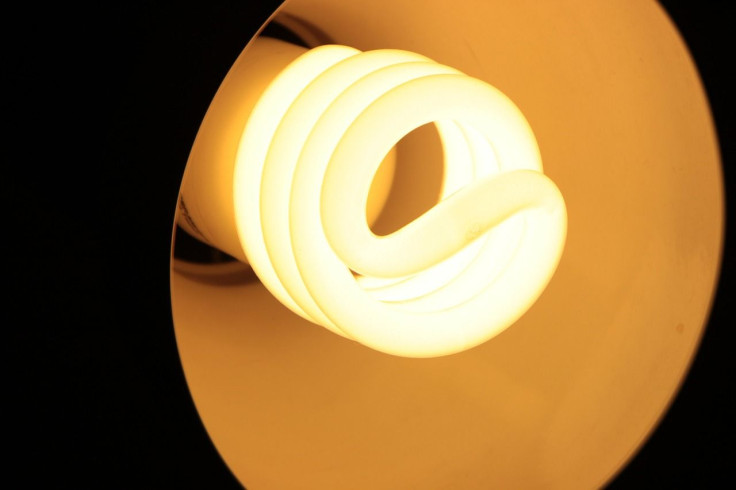Power Demand In U.S. Remains Steady Even As Economy Grows

For decades, Americans needed more and more electricity as homes and businesses grew, and forecasters at utility companies could count on ever-increasing demand. That guarantee no longer appears to hold true, however, according to Bloomberg’s annual Sustainable Energy in America report.
In a break with history, electricity use has stalled over the past eight years while the economy has grown by about 8 percent. Historically, electricity use grew at an annual rate of about 6 percent between 1950 and 1990 and by about 1.9 percent between 1990 and 2007, according to the report, which was funded by the Business Council for Sustainable Energy, a coalition of companies in the renewable, natural gas and energy efficiency sectors.
Analysts say that America’s efforts to improve energy efficiency throughout the past decade may explain why annualized electricity demand growth has essentially been “zero” since 2007. Many states have passed laws that require utilities to scale back their energy consumption, or created volunteer programs to help customers install compact fluorescent light bulbs and energy-saving appliances in their homes.
However, a few of those policies have recently fallen out of favor with lawmakers. Energizing Indiana, a two-year program to send energy auditors into homes, schools and businesses, went defunct on Dec. 31 after a bill to dissolve it passed. In neighboring Ohio, Gov. John Kasich signed a bill last summer to suspend a requirement for utilities to reduce energy consumption by 22 percent by 2025. The greatest opportunity to save more energy, the Bloomberg report states, may rest in Southern states that have yet to enact strong efficiency measures – or to roll them back.
In Europe, the demand for electricity also has stabilized. A few countries like Bulgaria are demanding as much as 9.8 percent more electricity in a single year, but others like Belgium are recording drops in use that are nearly just as large, according to a report by Eurelectric, a consortium of utilities. As a result, the group expects demand throughout Europe to grow by only about half a percent a year over the next five years.
The Bloomberg report also shows that the U.S. energy sector has made progress in curbing greenhouse gas emissions, which bodes well for meeting the ambitious carbon cuts promised recently in a climate deal struck by the U.S. and China. Carbon emissions from the energy sector have dropped 9 percent since 2007. One catalyst: Cheaper natural gas, which also is relatively low-emitting, has nudged out coal in the boilers of many American power plants.
Another reason is that renewable technologies have started to produce more of the nation’s electricity -- rising from 8 percent of the nation’s energy mix in 2007 to about 13 percent last year. Over the past eight years, the U.S. has invested $389 billion into renewables. For all the talk of wind and solar, hydropower still generates more of the nation’s renewable energy than any other single source, though one of the nation’s most iconic hydro projects – the Hoover Dam – may start to produce a lot less as the Colorado River dries up.
© Copyright IBTimes 2024. All rights reserved.






















